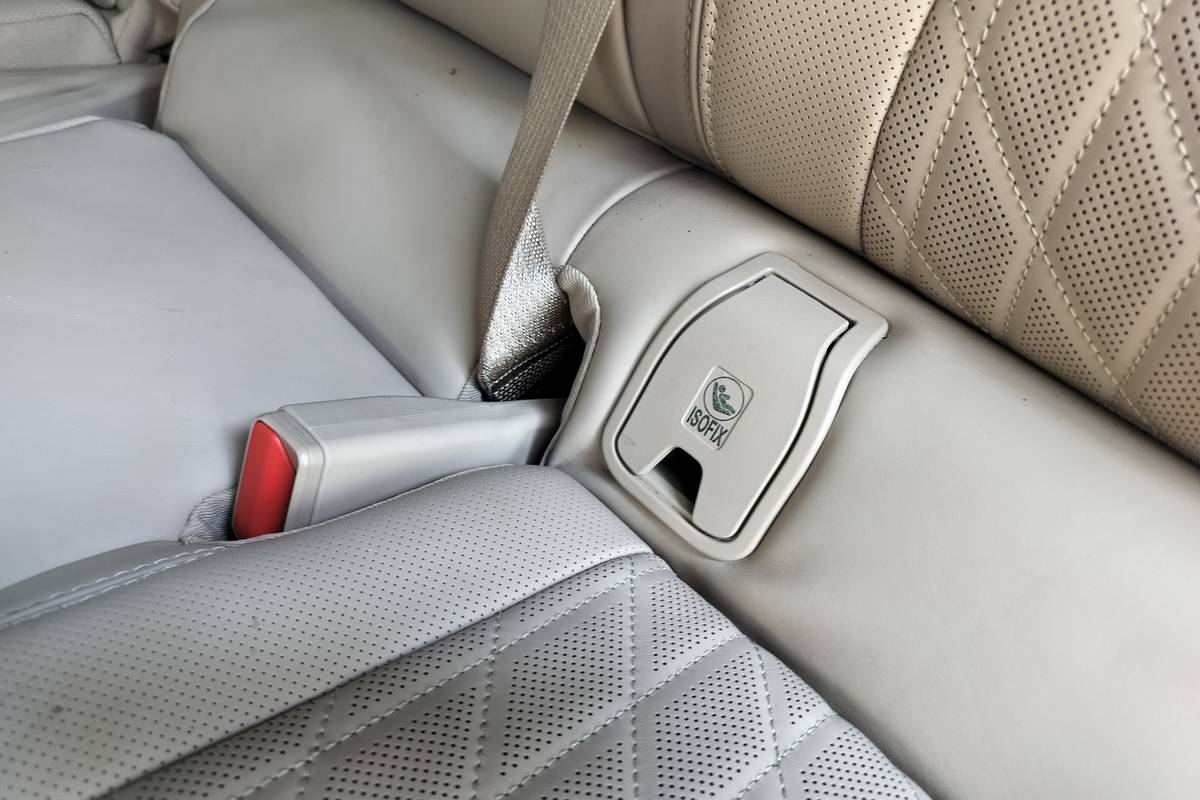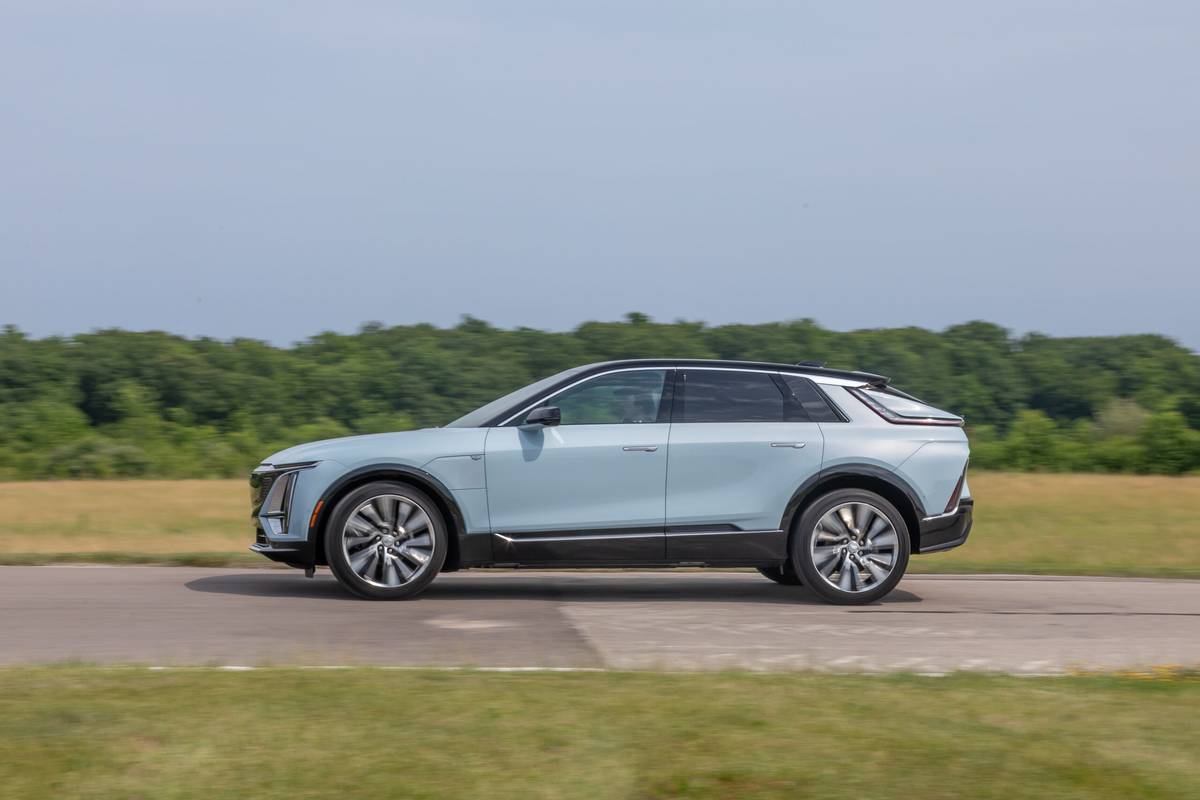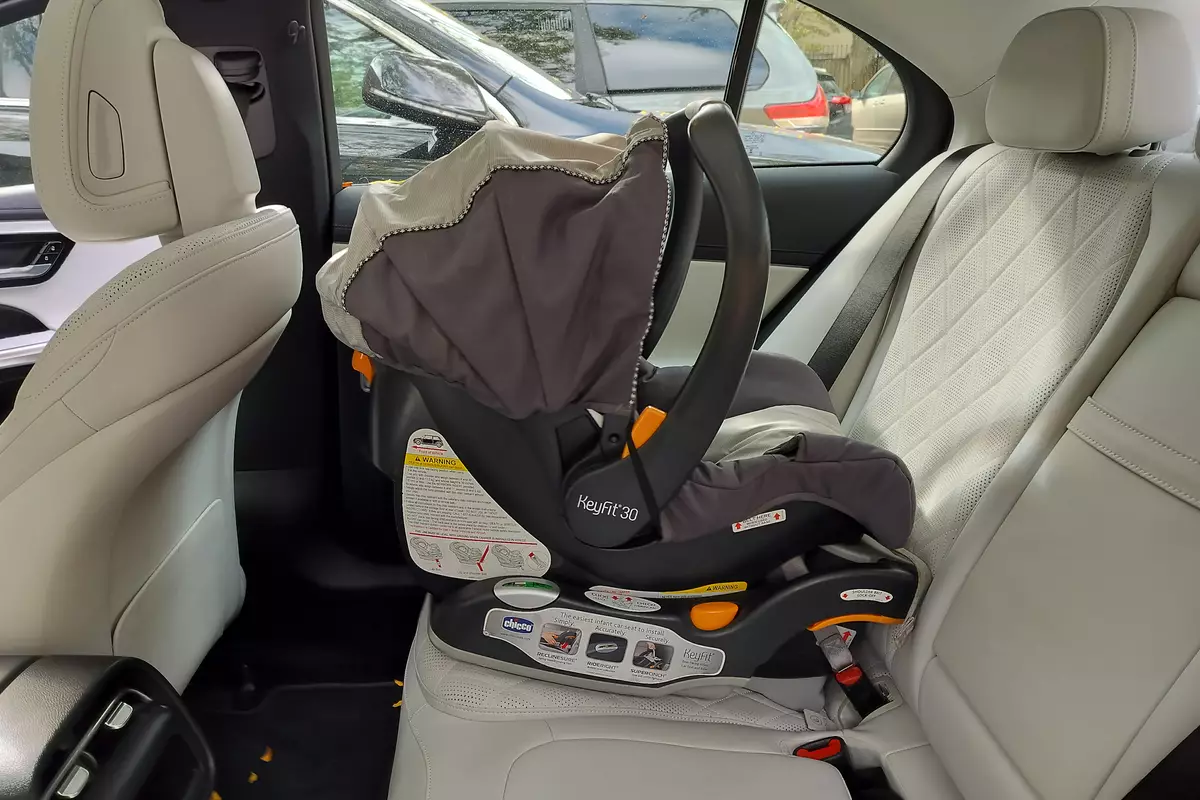PickupTrucks.com's view
A lot of street truck enthusiasts know the formula. Take a compact truck, put in a V-8, lower and tighten up the suspension, then re-tune the steering and brakes. If you did all that, you’d end up with something like the 2009 Colorado ZQ8. As an added benefit, you’d have a truck that happens to carry and tow more than any Colorado until now. And it would be a blast to drive.
For 2009, Chevy has done exactly that, engineering a complete character transplant for the Colorado. By upping the ante in power and handling, the 2009 Colorado becomes an engaging sport truck, and potentially, a truck to consider if you like full-size power but don’t really need full-size space
From behind the wheel, the ZQ8 Colorado has the heft and ready torque of a full-size truck but one with a performance bent. One of the most compelling traits is how well it points and steers. The reason is a new ZQ8 sport suspension package, which combines 18×8-inch aluminum wheels with P235R18 Goodyear Eagle all-season radials. In addition, the suspension is stiffened by about 30 percent overall, and the truck is lowered 25 mm, about 1 inch. A front stabilizer bar is added to the coil sprung independent suspension, which functions to keep the front tires flat under hard cornering. Perhaps most noticeable is the way steering sensitivity has been revised.
The standard Colorado’s power rack-and-pinion steering has a ratio of 17.4:1, in two-wheel drive and when equipped with either of the Colorado’s other engines. With the ZQ8 package, the ratio jumps to 14.5:1, making for a much quicker response and only 2.7 turns lock-to-lock. It’s a big difference in control; a difference you’ll feel every time you go around a corner.
Because of the revised steering and suspension, the ZQ8 Colorado is most at home on two-lane highways and mountain roads, where tight lanes and diminishing-radius turns demand precision and the ability to quickly transition from right to left. In this kind of setting, the Colorado invites sport driving. The truck has nice balance, side to side, and quite a bit more grip through the corners than we’re used to in an empty pickup. In fact, enough cornering power is on tap to make us wish for seats with more bolster support.
The brakes are still front disc/rear drum brakes, but they have more stopping power because of twin-pistons discs and, at least to our estimation, far better pedal feel. There is no squish at the top of the pedal, so it becomes possible to feather braking control going into corners without grabbing. Maximum stopping power is enough to bring the 4,013-pound Colorado to a quick and confident stop. The system now has four-channel ABS, so the truck stops straight, and electronic yaw control in case of panic stops with an uneven load in the back.
This particular Colorado even looks better – sleeker and trimmer – because of its lower stance and bigger wheels. There are other color-coordinated exterior trim pieces that come with the ZQ8 and a touch of chrome around the grille and on the door handles.
That said, it’s the 5.3-liter V-8 engine that transforms the Colorado and the way the engine, transmission, and axle gearing interact. (With the VQ8 suspension, the V-8 engine is standard.)
The eight-cylinder motor is built using an aluminum block and heads, with two-valves per cylinder, and is rated to produce 300 horsepower at 5,200 rpm and 320 pounds-feet of torque at 4,000 rpm. Redline comes at 6,000 rpm. Transferring the Colorado engine’s torque to the ground is a Hydra-Matic 4L60 electronically controlled four-speed automatic. (The manual transmission, standard with the four-cylinder engine, is not available with the V-8. The automatic is standard with the five-cylinder engine and V-8 and available with the four-cylinder.) Behind the 5.3-liter V-8, the 4L60 behaves like a modern electronic transmission should. It’s tuned to be sensitive to throttle input, so it kicks down hard when you ask it, holds onto a gear when you need the revs and can still be quiet and smooth the rest of the time. It has only four speeds, with fourth being a 0.70:1 overdrive. During a week of testing, we consistently found ourselves in the right gear at the right time, which is about all we ask.
There are three rear axle ratios available, going as low as 4.10:1, but our test unit came with the tallest 3.42:1 axle ratio. With this ratio – which seems about ideal to us – 2,000 rpm translates to 67 mph on the highway, and 70 mph comes at about 2,200 rpm. That’s about the point when the engine gets its best mileage, and a stab at the throttle brings on a quick downshift and burst of speed. It feels and sounds right, and around town straight-line acceleration with the 3.42 rear ring and pinion still gets your attention. We hand-timed a bunch of 0-to-60 mph runs and found it easy to log times under eight seconds but not under seven seconds. We also found it takes a practiced foot on the throttle to launch without breaking the tires loose. (This test unit has a mechanical locking rear differential, a $295 option, but locker or not, the V-8 has enough to spin the rears off the line at full throttle.) Our best time was 7.67 seconds. We think the truck might be capable of a couple of tenths better with electronic timing equipment and a starting box with good grip.
We also made a run out to the K&N dyno facility in Riverside, Calif., to see what the torque curve looked like across the rev range. Essentially, it’s flat from 2,000 rpm to 4,500 rpm, with a slight peak at about 4,000 rpm. With the transmission in second gear, max rear wheel torque was measured at 244 pounds-feet. Rear wheel horsepower builds steadily until about 5,300 rpm, where it peaks at 224 hp (both measured at the rear wheels, instead of the crank which is used for the Colorado’s advertised 300 hp/320 pounds-feet ratings). The engine continues to pull with only a slight drop until 6,000 rpm, when it bumps into the rev limiter.
Those numbers might be a little different with a lower gear set in the rear axle, but the test confirmed what our butt had been telling us. The Colorado’s power comes on steadily and builds almost all the way to the 6,000 rpm red line.
Not coincidentally, the Colorado’s underhood layout looks identical to the V-8 powered Hummer H3T. We found it interesting that the techs at K&N were able to get 6 more hp and another 10 pounds-feet of torque from the 5.3-liter V-8 just by substituting the stock filter for one they had already developed for the H3T.
There are, of course, tradeoffs inherent with V-8 power and a sport suspension. Mileage becomes a secondary priority, though the penalty might not be all that severe. Even with all the hard driving and time on the dyno, we averaged 17.56 mpg overall, in a mix of highway, around-town and test driving. The EPA estimate is 15/21 mpg city/highway for the 2WD/V-8 combo, and about 17 mpg overall, which seems entirely realistic. In fact, one of the most satisfying ways to operate the V-8 Colorado is in low-rpm, around-town prowl mode, where the tach stays below 1,800 rpm. Driven that way – moving out at part throttle and listening to a quiet growl from the exhaust as the transmission makes gentle shifts – we think the Colorado would regularly exceed the EPA’s estimate. The five-cylinder 2WD drive train is rated at 17/23 mpg, and the four-cylinder gets 18/24 mpg. If mileage really is your first priority, you should get one of those.
The other obvious tradeoff is in ride quality. The lower suspension, bigger wheels and lower-profile tires make for a choppier ride on the highway, especially when the bed is empty. The shorter-travel setup seems to amplify lumps and cracks, and the Colorado is a fairly short-wheelbase vehicle that’s going to have ride challenges to begin with. It’s readily noticeable on the concrete freeway slabs we have in Southern California, which constitute a suspension test for even the most sophisticated luxury car. At those higher highway speeds, steering feels a little twitchy on center, reacting to slight inputs more quickly than the average pickup’s relaxed wallow. The Goodyears (wear rating 98) tend to track the road’s texture more aggressively, and send more road noise into the cab. The increase in NVH is something we noticed right away, but we’d have to consider it a fair trade for the handling gains. We’d say the same about the steering, which is so perfect on winding mountain roads that we’ll gladly forgive the need for a little more attention on the interstate.
By adding the V-8, payload and towing capacities increase significantly. Max towing capacity increases from 2,400 pounds (or 4,000 pounds with the five-cylinder and automatic) to 6,000 pounds, and GVWR increases to 5,500 pounds The ZQ8 package that makes the 5.3-liter standard is only available in Crew Cab and Extended Cab configurations.
The Crew Cab confers legitimate five-passenger capability, although the middle seat is slightly encumbered by the cupholders. Still, there is enough legroom, hip room and shoulder room for three passengers in the rear, especially if they are smaller people. Our test unit had optional leather front buckets, so we could only carry five, but a six-passenger seating configuration is available.
The rest of the interior is nothing special, with generous use of plastic and simple arrangements of controls for the audio and HVAC systems. After a week in the truck, we decided the cockpit, although sparse, had everything we really needed.
Because of the larger cabs, the V-8 Colorado has a smaller bed – our Crew Cab test unit has a bed length of 5 feet, 1 inch. That’s not really a substitute for a full-size truck, and it’s a full foot shorter than the regular cab Colorado. However, the bed has fairly tall sides, which facilitates two-tier loading, and the tailgate can be set at a 55 degree angle, putting the tailgate edge at the same height as the top of the rear wheel wells. So it’s possible to carry standard 4×8 sheets, just not as many of them in one trip.
In the end, it will be sport truck enthusiasts who appreciate the ZQ8 Colorado the most. It’s a classic American street machine, with entertaining performance, excellent dynamic handling and ready power on demand. It combines a sport character with enough comfort and convenience to be a young family’s only car, and enough capability to be functional as a pickup.
The 2009 Colorado starts at $23,330, with the 2.9-liter four-cylinder engine, which also includes an extensive list of standard safety equipment and interior features. The ZQ8 Sport package and 3LT Trim added $3,935 to the price, but included the engine, 18-inch wheels, all-season tires and a number of other amenities. Heated leather seats with power adjusters added another $1,495, and a power sunroof goes for $695. In the end, with the rear locker and destination charge, the sticker price moved up to $30,475. Considering that these days, it’s a buyer’s market and the sticker is just a starting point at most dealerships, we’d say it could be had for less. If it were us, we’d skip the heated seats and the sunroof, and get out the door somewhere close to $26k. After that, we’d just drive it.
Latest news



